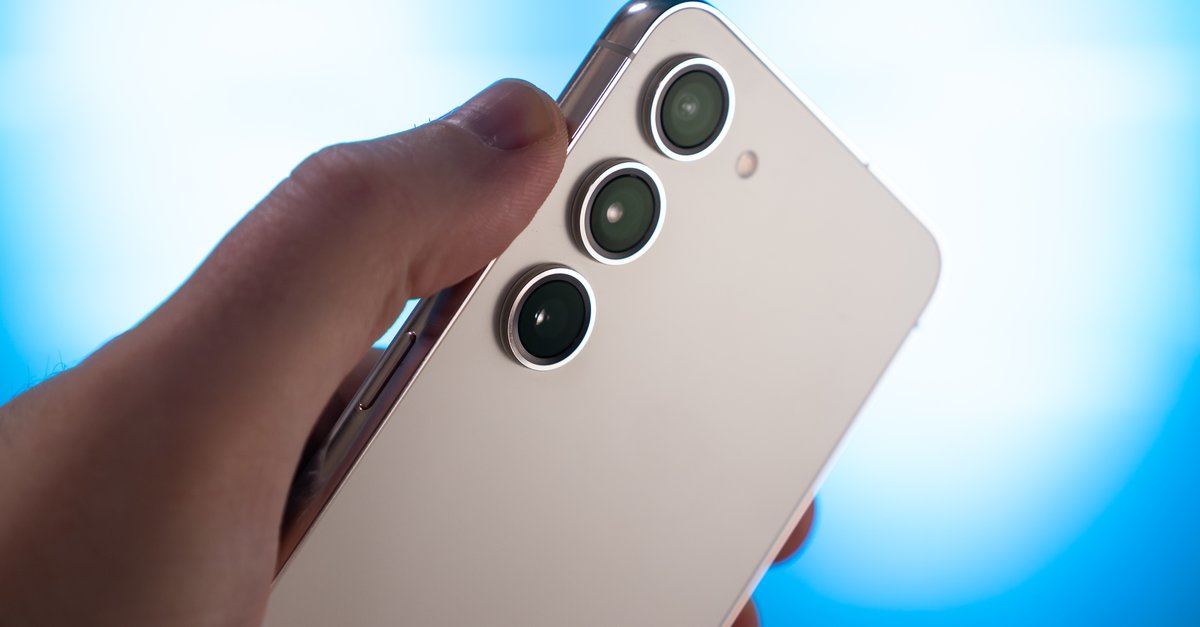This processor was made with ChatGPT
Researchers at the NYU Tandon School of Engineering have developed a microprocessor chip using ChatGPT 4. The chatbot aims to help develop processors faster and enable people to make CPU with natural language.
If a new processor is to be developed, it is first discussed in natural language what it is supposed to do and what it is used for. A specialist then translates it into a so-called Hardware Description Language (HDL) like this Tandon School of Engineering explained in an article.
In this case, however, the chip designers discussed with ChatGPT what the chip should be able to do, and the chatbot then translated the desired use cases into the HDL called Verilog. Verilog dictates what circuit elements must be present on the chip.
Editor’s Recommendations
With the Verilog code, the chip can then be produced by a manufacturer. However, the code did not come about straight away. The researchers had to talk to the chatbot a bit before it wrote code that could actually be implemented.
“This study resulted in what we believe to be the first fully AI-generated HDL to be sent into a physical chip for manufacture,” said Hammond Pearce, associate research professor and research team member, at NYU Tando.
“Some AI models, such as OpenAI’s ChatGPT and Google’s Bard, can generate software code in different programming languages, but their application in hardware design has not yet been extensively explored. This research shows that AI can also benefit hardware manufacturing, especially when used in conversation, where you can go back and forth to perfect the designs.”
After the researchers created code in Verilog, they had the chip produced by a manufacturer and tested it. The study however, says this is the design for a very simple chip and there were a few hurdles to overcome when creating the code.
Nevertheless, the researchers see the results of their study as positive. According to them, ChatGPT can help eliminate human error when creating HDL code. Also, people who don’t speak HDL can design their own chips using this method.
Overall, the work of chip designers can be made more efficient and creative designs can be made possible.



